Worldwide about 25% of all stored grain, such as maize, is lost annually to damage caused by insects, which makes fumigation a necessity.
In this four-part series, Roff takes a look at measures the maize miller can take to control this very real threat to his business. This blog examines different types of insecticides maize millers can consider.

01. CONTACT INSECTICIDES
The most common types are water-based Cooperfos and Reldan, and oil-based
Pybuthrin and Pymist. These are classed as residual sprays which destroy insects up to several days after their application.
Pybuthrin may be used in the form of smoke or fog which is produced in a smoke generator such as a swing fog machine. Always inform the local fire department when using a fogging machine.
REMEMBER: Do not spray directly on to meal or any packed products. When used in the warehouse, use only a light application.None of the above insecticides kill insects in the egg or pupa stage.
02. INSECTIGAS
This is a chemical based on Dichlorophos, and is applied in a liquid form using a pressure cylinder carried as a backpack. Insectigas must be applied by a trained person wearing the necessary protective clothing. It does not kill insects in the egg stage.

03. PHOSPHINE
One of the most common types of fumigants used in the mill is Aluminium Phosphide or Phostoxin (trade name). This fumigant can either be used in pellet form to fumigate grain in the silo bins, or in sachet form to fumigate bagged maize or finished products. The sachets are also used to fumigate mills and warehouses.
Grain in the silo
The pellets are normally inserted into the grain as it enters the bin by means of a pellet dispenser. The gas should remain sealed in the silo bin for up to six days to ensure that it kills all stages of the insects life cycle. Once the pellet has done its work, all that remains is a fine, non-toxic, greyish powder which will be removed from the grain during the cleaning stage prior to conditioning.
Recommended dosage: 11 pellets per ton for maize in the concrete silos, and 30 pellets per ton for steel bins.
Grain in bags
The bags are placed on dunnage boards and covered by a tarpaulin in the warehouse. Recommended dosage: 4 tablets per cubic metre, or 1 sachet per cubic metre for stacked grain.
Customer returns
The same method as above is used and the product is left for 5 to 7 days. Some mills use old shipping containers as fumigation chambers.
Mills
The entire mill should be fumigated at least twice a year. All machines, conveyors, elevators etc., must be opened and thoroughly cleaned out. They are left open during the period of the fumigation. All windows, doors and other openings are sealed using plastic sheeting and tape. Electronic equipment must also be covered.
For this type of space fumigation, phosphine sachets are recommended; these are put in cardboard trays which are strategically placed throughout the building. Sachets may also be hung in empty bins or other areas of the building. After the required fumigation period, sachets must be safely discarded.
Recommended dosage: 2 per 11 cubic metre of empty space.
Warehouses
Fumigation of warehouses should be carried out at least four times per year using the same method as above.


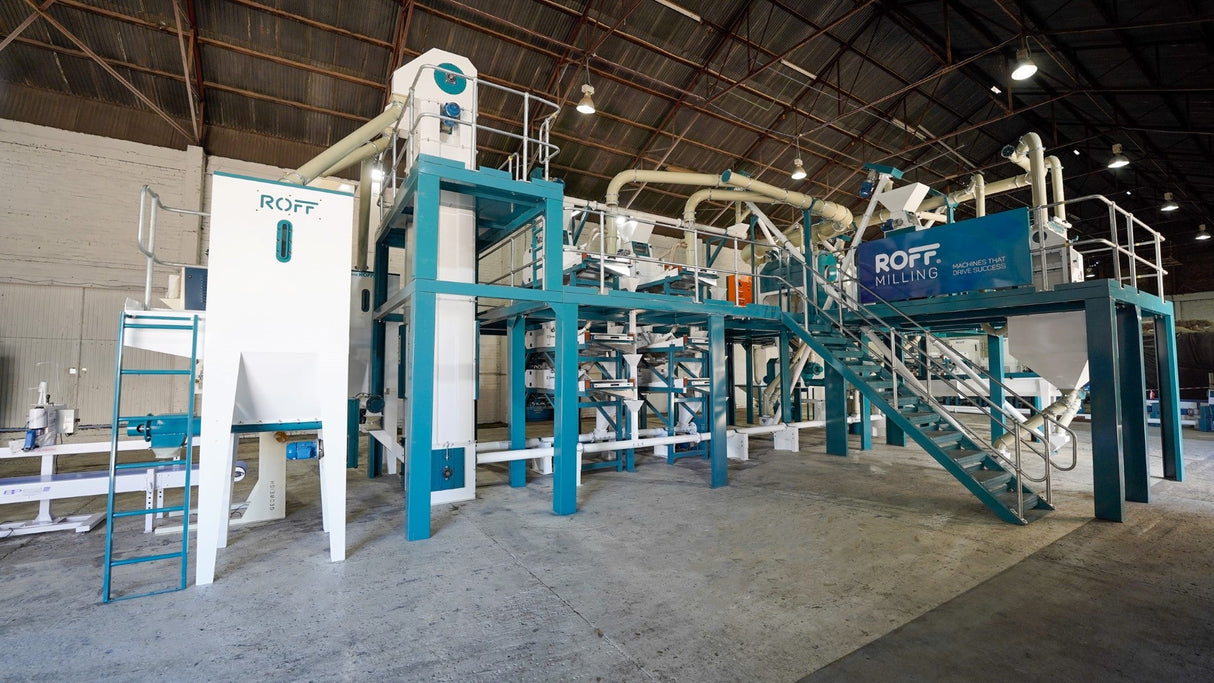
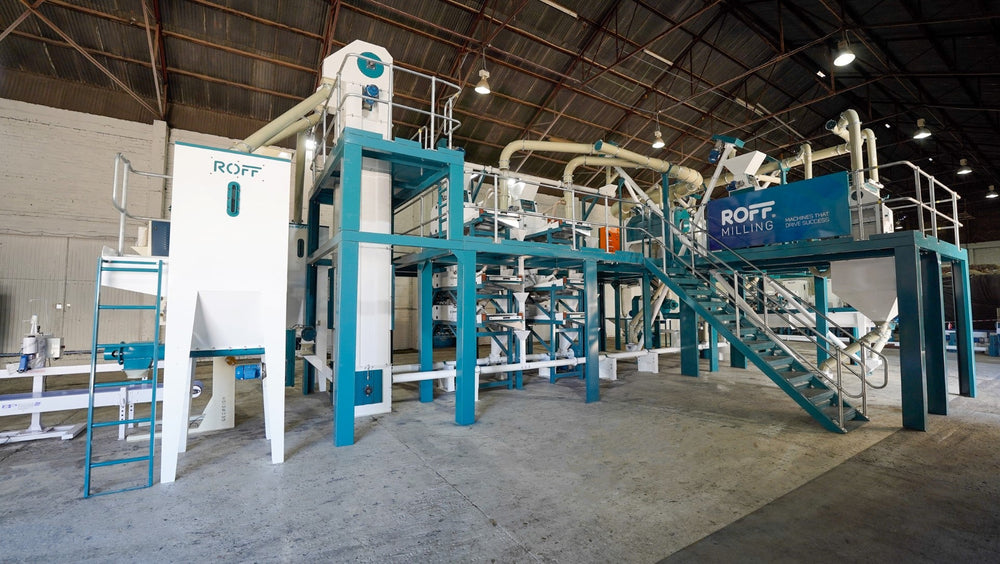
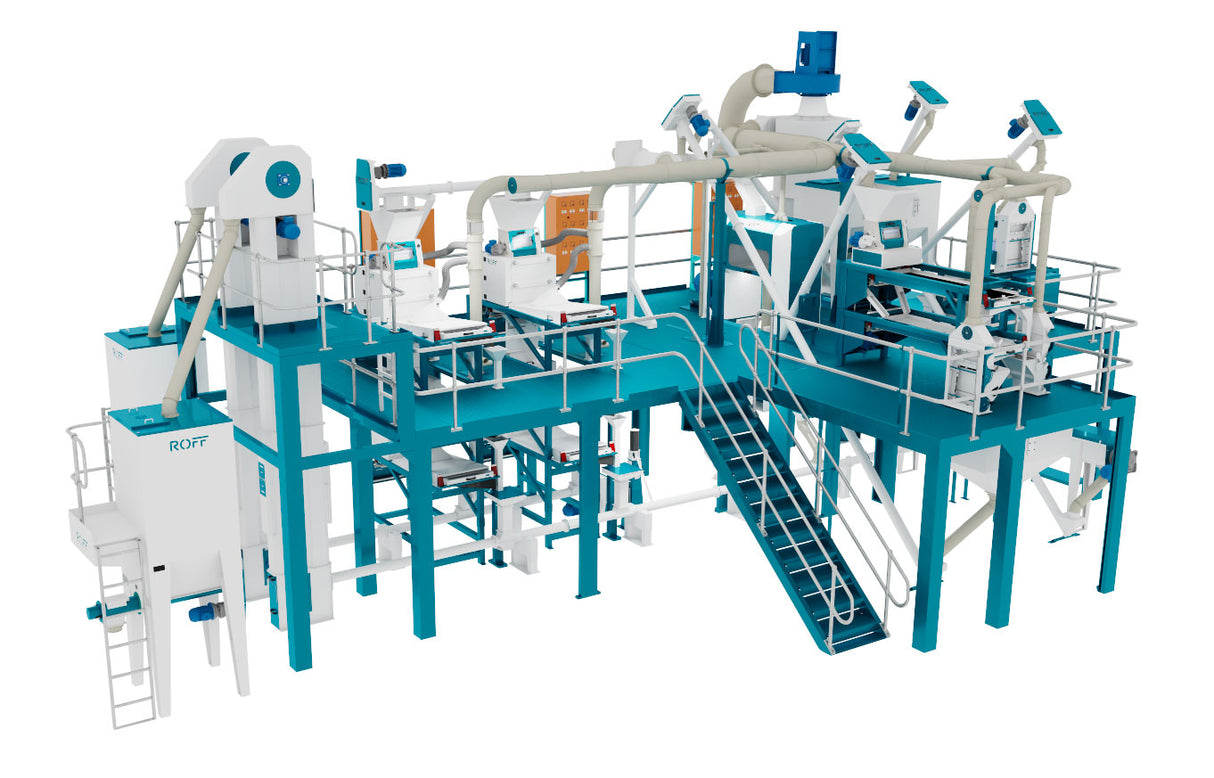
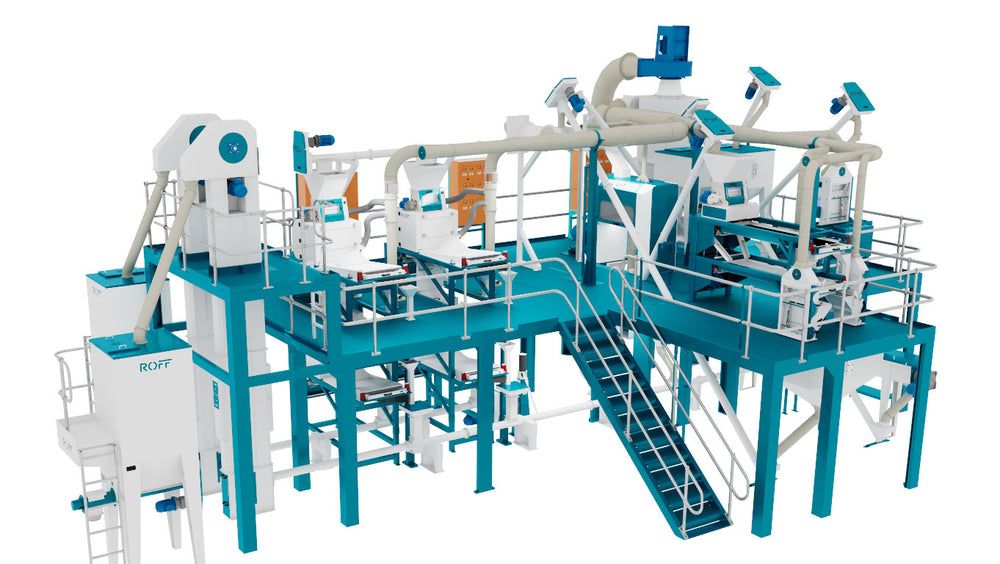
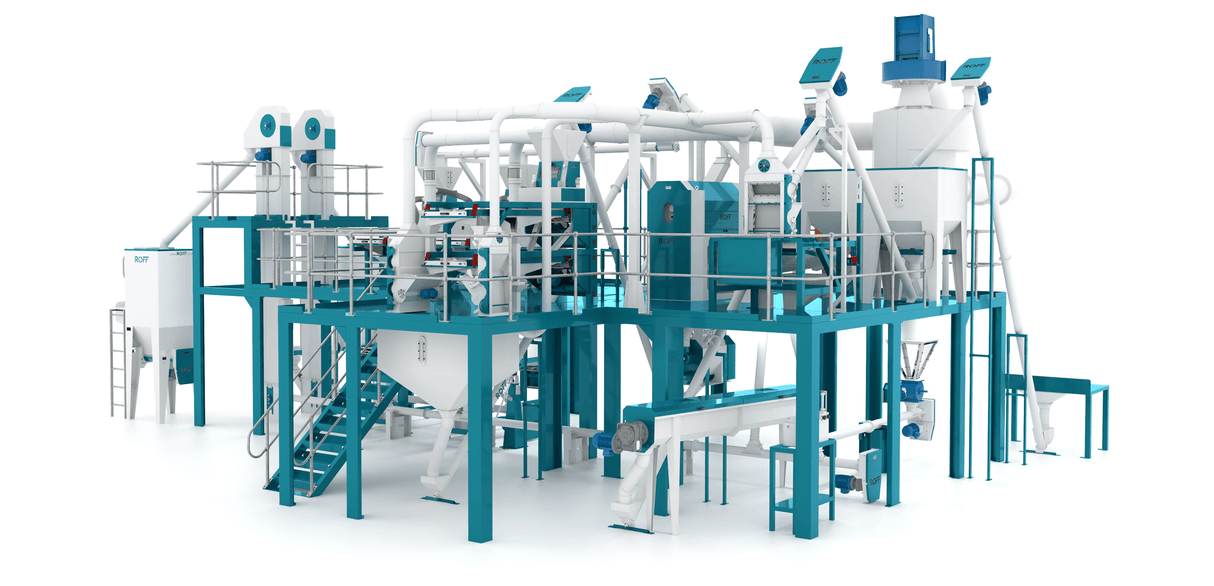
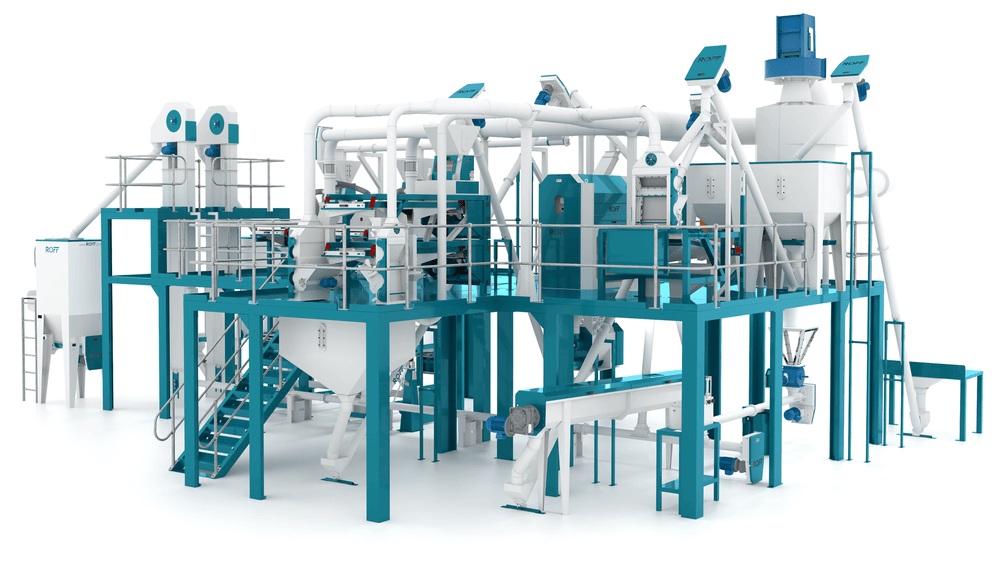

1 comment
Well understood